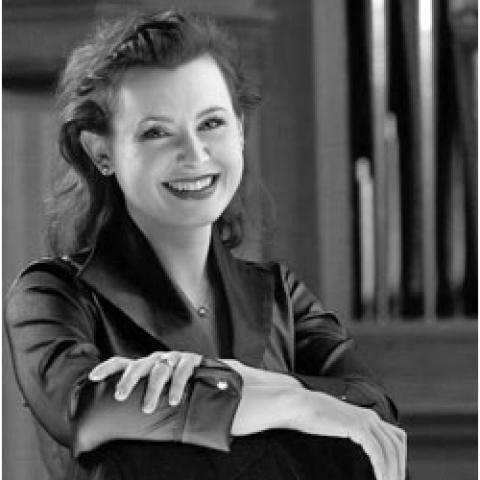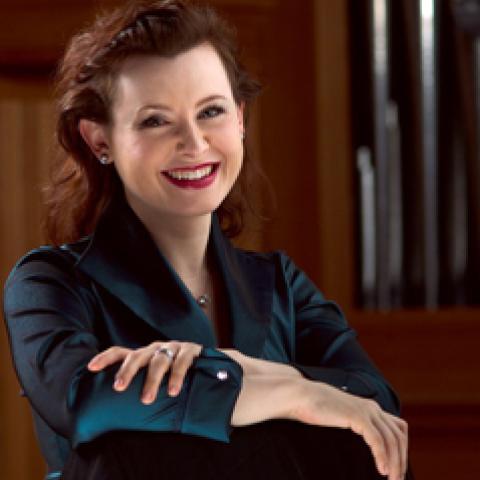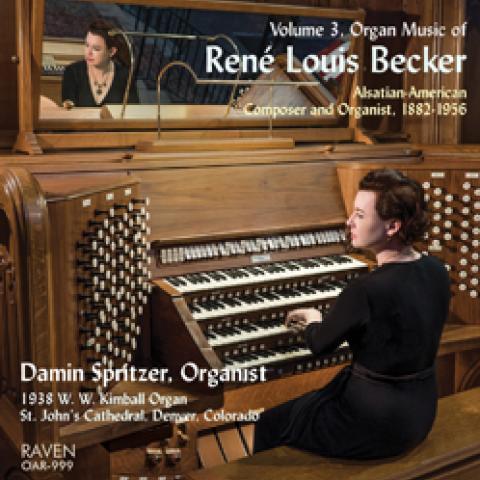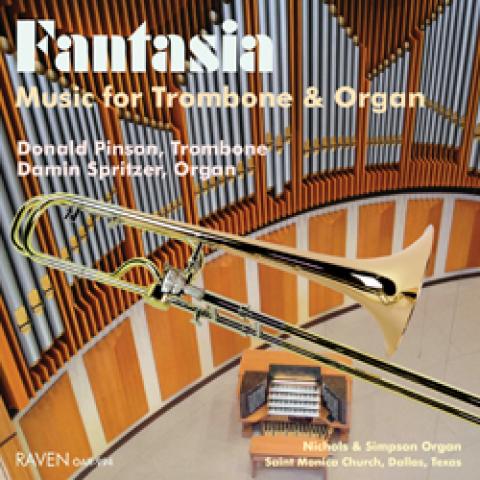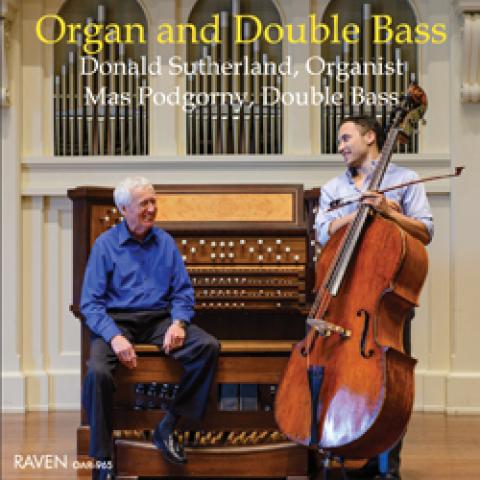
Damin Spritzer is featured on a new recording (Raven OAR-949, $15.98 postpaid worldwide), a second CD of organ works composed by René Louis Becker (1882–1956). Spritzer recorded the music on the restored Cavaillé-Coll organ built in 1880 at Sainte-Croix Cathedral in Orléans, France.
Born and educated in Strasbourg, France, René Louis Becker was the son of a prominent organist and moved to the USA at age 21 in 1904, joining his two older brothers in St. Louis to operate a music conservatory there. He later worked as a church musician and composer. According to Spritzer, who adopted Becker as a topic for her doctoral dissertation, Becker’s musical estate appears to have survived nearly intact, with 529 scores in the collection. More than 175 of the scores are for solo organ, and at least 70 organ works were published within the two decades 1908-1928 during Becker’s life.
Compositions include the five-movement First Sonata in G, toccatas on Benedicamus Domino and Ite, missa est, a March in D Minor, Postlude in D Minor, Cantilène, and Interlude and Prelude from 12 Compositions for Organ. The first CD of Becker’s works recorded by Spritzer was released by Raven (OAR-925) in 2011.

